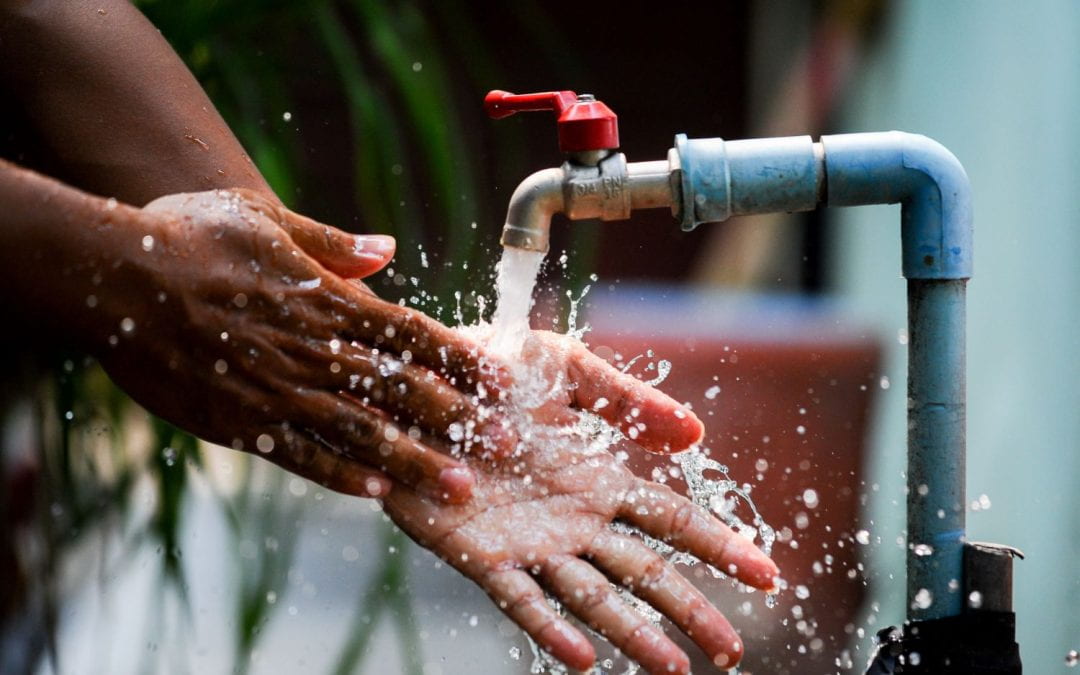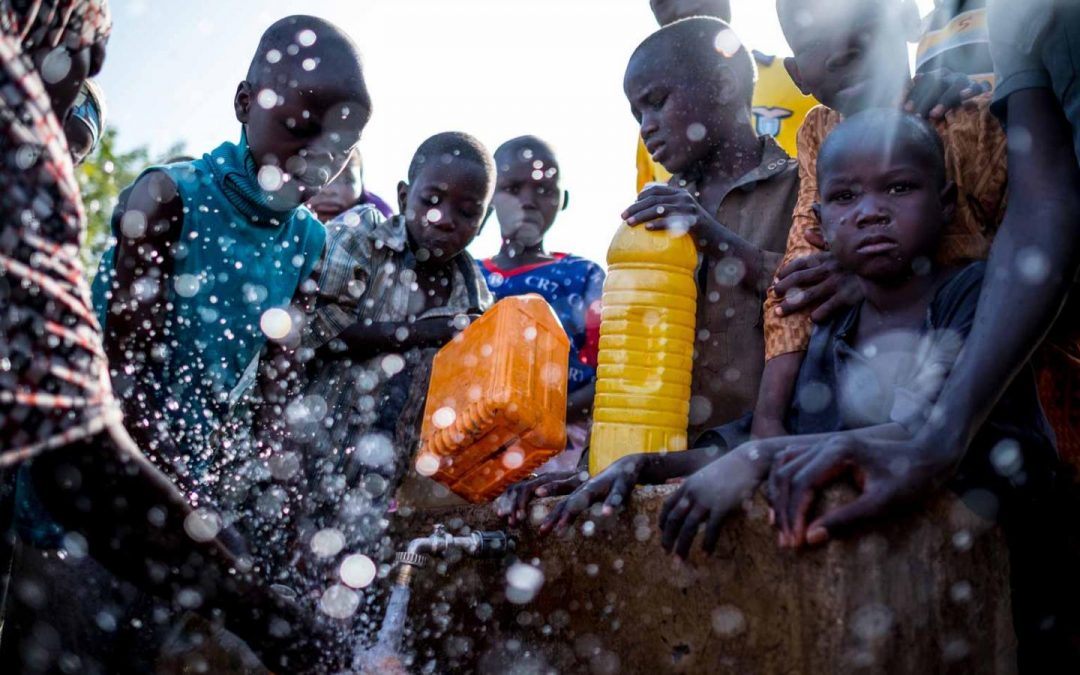
Addressing Sanitation and Water Scarcity: A Path to Sustainable Solutions in Sub-Saharan Africa
In Sub-Saharan Africa, a significant challenge shadows the region’s progress: a shortage of safe drinking water and inadequate sanitation. Navigating the complex terrain of water security, the region aims to meet the UN’s 2030 goal for universal clean water access. Our study unfolds through concise visual data, revealing strides and persistent challenges in this dynamic journey toward water security.
Access to Drinking Water:
Our visuals reveal a clear gap: some have basic drinking water, while others enjoy secure sources. Although progress is evident in safer water access, a significant part of the population still faces risks with basic water. Our first visual has two lines: one for basic, potentially compromised water, and the other for safe, uncontaminated sources. We can see that the latter is on the rise, indicating progress. However, a substantial majority still relies on the basic, less secure option.
Access to Sanitation and Handwashing Services:
Moving onto sanitation, our graph reveals that access to both basic and safely managed sanitation services is extremely low in sub-Saharan Africa with the latter not exceeding 24%. A further divide can be seen for the access to these services among rural and urban populations where 35% of the urban population have access to handwashing facilities in 2022 while only 17% of the rural population enjoy that same access.
A Path to Sustainable Solutions in Sub-Saharan Africa
Amidst these challenges, a potential solution emerges which consists of strategic policies concerning water safety aligned with established UN development initiatives. By integrating comprehensive water safety and sanitation measures into broader development frameworks, Sub-Saharan African nations can make significant strides in addressing water scarcity and access to sanitation services.
These could materialize through policies that prioritize investments in water infrastructure, that emphasize water quality monitoring, and that promote sustainable water management practices. Such policies could leverage technological innovations, community engagement, and cross-sectoral collaboration to ensure the equitable distribution of safe water and sanitation services to Sub-Saharan countries.
As a point of reference, we can take Mauritius, an African nation with a very high percentage of access to water and sanitation services. This success story demonstrates that with the right policies and strategic initiatives, achieving substantial progress in water security is not only possible but has already been realized in certain regions of the continent.
Conclusion:
Millions of people in sub-Saharan Africa still lack access to safe water, sanitation, and hygiene. Achieving universal coverage by 2030 will require a 6-fold increase in current global rates of progress on drinking water, a 5-fold increase for sanitation, and an 8-fold increase for hygiene.
Our proposed solution envisions a collaborative effort between Sub-Saharan African nations and global development partners, leveraging proven strategies to overcome the challenges of water scarcity and sanitation. Following this path involves a commitment to sustainable policies, technological innovation, and community empowerment, which will ultimately transform the narrative of water security and improve access to sanitation services in the region.
